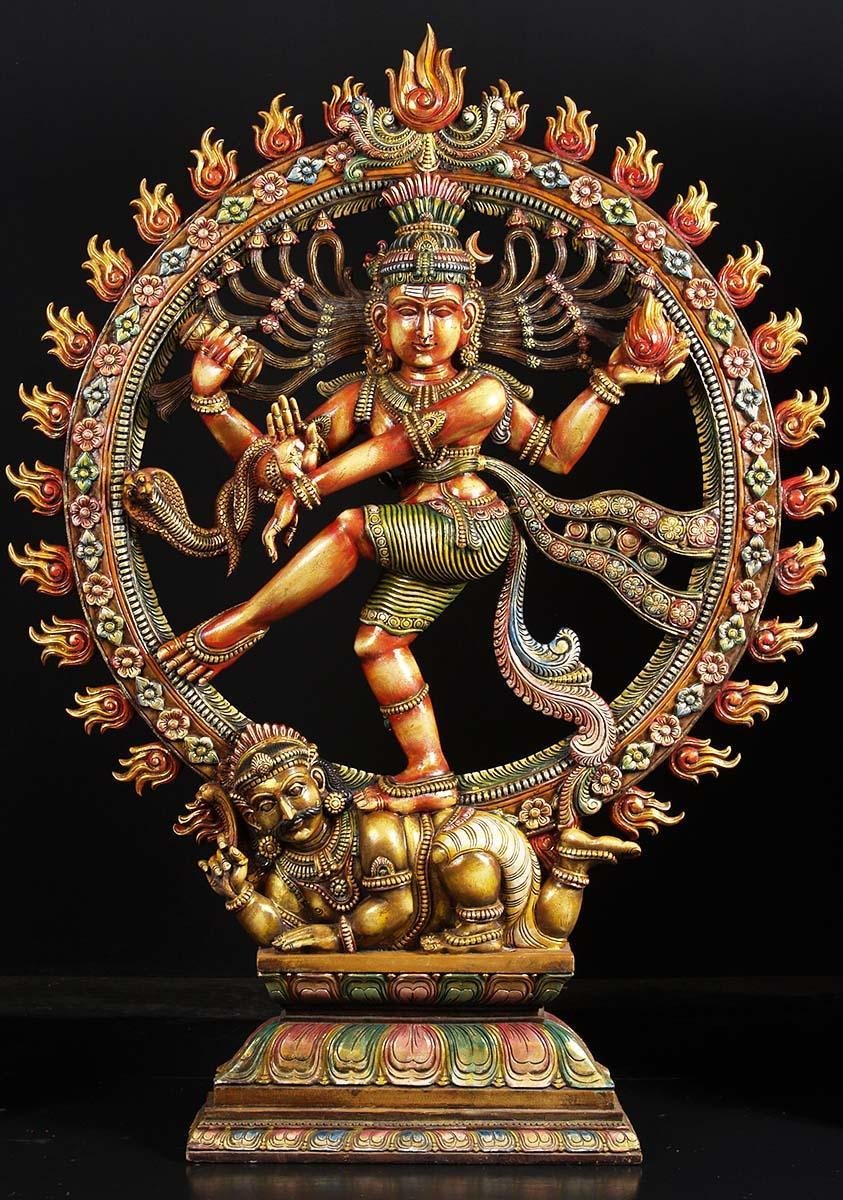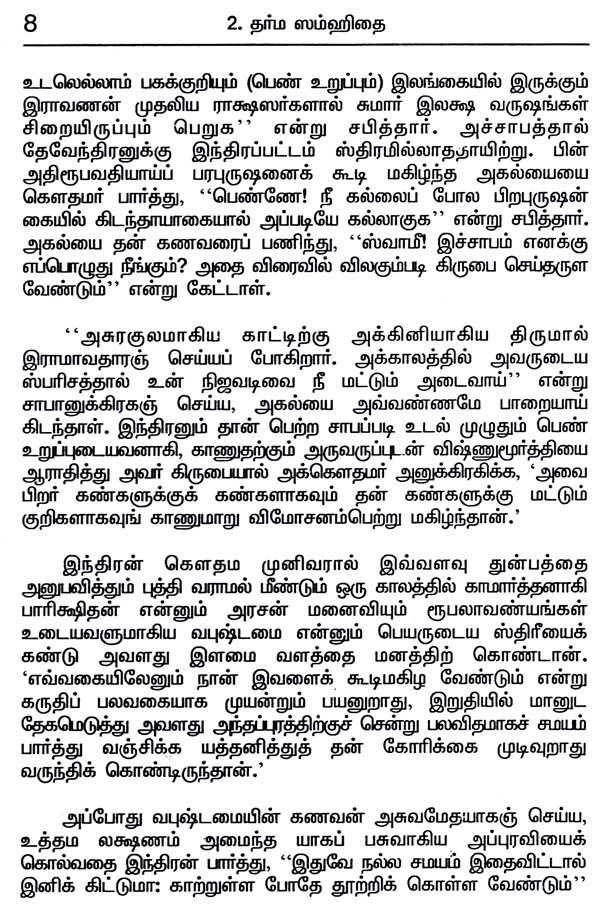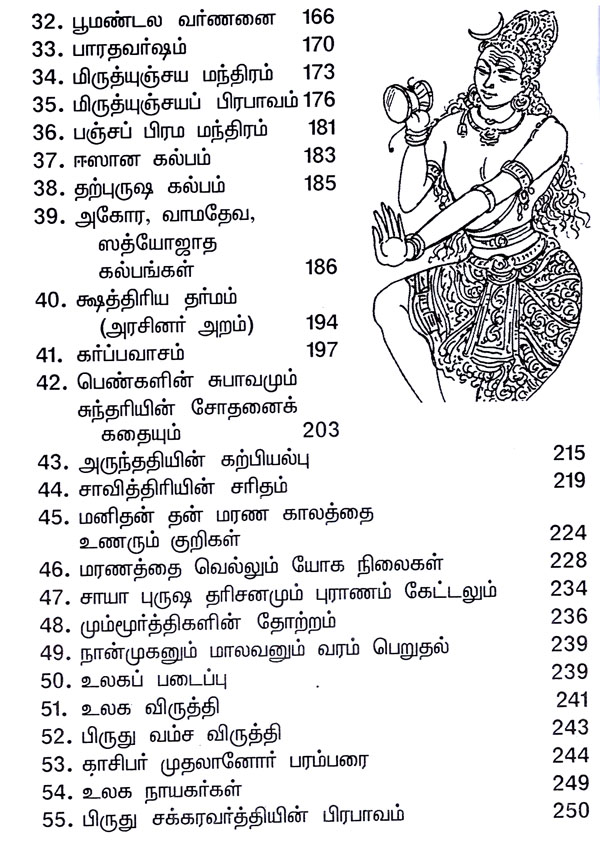

It was preserved in Mahimprakash Brahmachari Matha in Puri. The Pūrvakhaṇḍa consists 3270 ślokas in 51 chapters written in Nagari script and the Uttarakhaṇḍa has 45 chapters written in Oriya script. 220–3, Nos, 298–299 about another manuscript of the Śiva Purāṇa, which is divided into two khandas (parts), the Pūrvakhaṇḍa and the Uttarakhaṇḍa.

Haraprasad Shastri mentioned in the Notices of Sanskrit MSS IV, pp. These are the Īśāna Saṁhitā, the Īśvara Saṁhitā, the Sūrya Saṁhitā, the Tirthakṣetramāhātmya Saṁhitā and the Mānavī Saṁhitā. Several other Saṁhitās are also ascribed to the Śiva Purāṇa. The number of verses in these sections were as follows: 1828.Īccording to a passage found in the first chapters of Vidyeśvara Saṁhitā and Vāyaviya Saṁhitā of these recensions the original Shiva Purana comprised twelve Saṁhitās, which included five lost Saṁhitās: Vaināyaka Saṁhitā, Mātṛ Saṁhitā (or Mātṛpurāṇa Saṁhitā), Rudraikādaśa Saṁhitā, Sahasrakoṭirudra Saṁhitā and Dharma Saṁhitā (or Dharmapurāṇa Saṁhitā). The Creation of the Cosmic Ocean and the Elements, folio from the Shiva Purana, c. The second manuscript of Shiva Purana published in 1906, reprinted in 1965, by the Pandita Pustakalaya, Kashi consists of seven Saṁhitās: # The Bombay 1884 manuscript recension published by the Vangavasi Press, Calcutta in 1896 consists of five Saṁhitās (sections): # Shiva Purana, Kailasa samhita, Chapter 9.17-22 He is forever endowed with the great qualities, Similarly, Shiva is called the physician of the world,īy those who know the nature of the principles. Different manuscripts Shiva is Atman (soul) Hazra states that the Bombay manuscript published in the 19th-century is rarer, and likely the older than other versions published from eastern and southern India. The Shiva Purana, like other Puranas in Hindu literature, were routinely edited, recast and revised over the centuries. Certain books and chapters in currently surviving Shiva Purana manuscripts were likely composed later, some after the 14th-century. Scholars such as Klostermaier as well as Hazra estimate that the oldest chapters in the surviving manuscript were likely composed around the 10- to 11th-centuries CE, which has not stood the test of carbon dating technology hence on that part we must rely on the text itself which tells when it was composed. The date is unknown but the author is said to be estimated that Maharishi Agastya with his disciple Shankaracharya.

In the 19th- and 20th-century, the Vayu Purana was sometimes titled as Shiva Purana, and sometimes proposed as a part of the complete Shiva Purana. The oldest surviving chapters of the Shiva Purana have significant Advaita Vedanta philosophy, which is mixed in with theistic elements of bhakti. The text is an important source of historic information on different types and theology behind Shaivism in early 2nd-millennium CE. The Shiva Purana contains chapters with Shiva-centered cosmology, mythology, relationship between gods, ethics, Yoga, Tirtha (pilgrimage) sites, bhakti, rivers and geography, and other topics. Some chapters of currently surviving Shiva Purana manuscripts were likely composed after the 14th-century. The oldest manuscript of surviving texts was likely composed, estimates Klaus Klostermaier, around 10th- to 11th-century CE. The Shiva Purana, like other Puranas in Hindu literature, was likely a living text, which was routinely edited, recast and revised over a long period of time.

The two versions that include books, title some of the books same and others differently. The surviving manuscripts exist in many different versions and content, with one major version with seven books (traced to South India), another with six books, while the third version traced to the medieval Bengal region of the Indian subcontinent with no books but two large sections called Purva-khanda (previous section) and Uttara-khanda (later section). It was written by Romaharshana, a disciple of Vyasa belonging to Suta class. The Shiva Purana asserts that it once consisted of 100,000 verses set out in twelve samhitas (books). It primarily centers around the Hindu god Shiva and goddess Parvati, but references and reveres all gods. The Shiva Purana is one of the eighteen Purana genre of Sanskrit texts in Hinduism, and part of the Shaivism literature corpus.


 0 kommentar(er)
0 kommentar(er)
